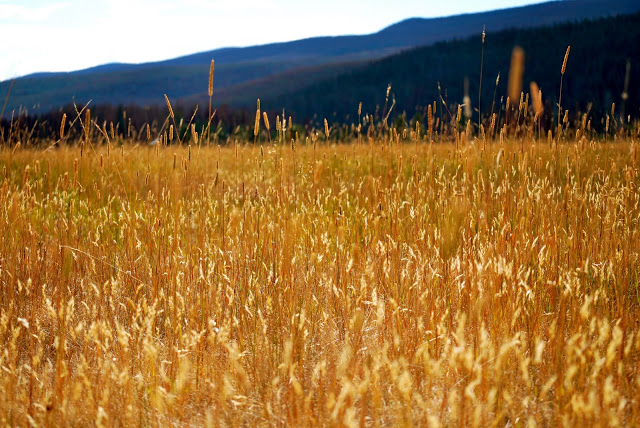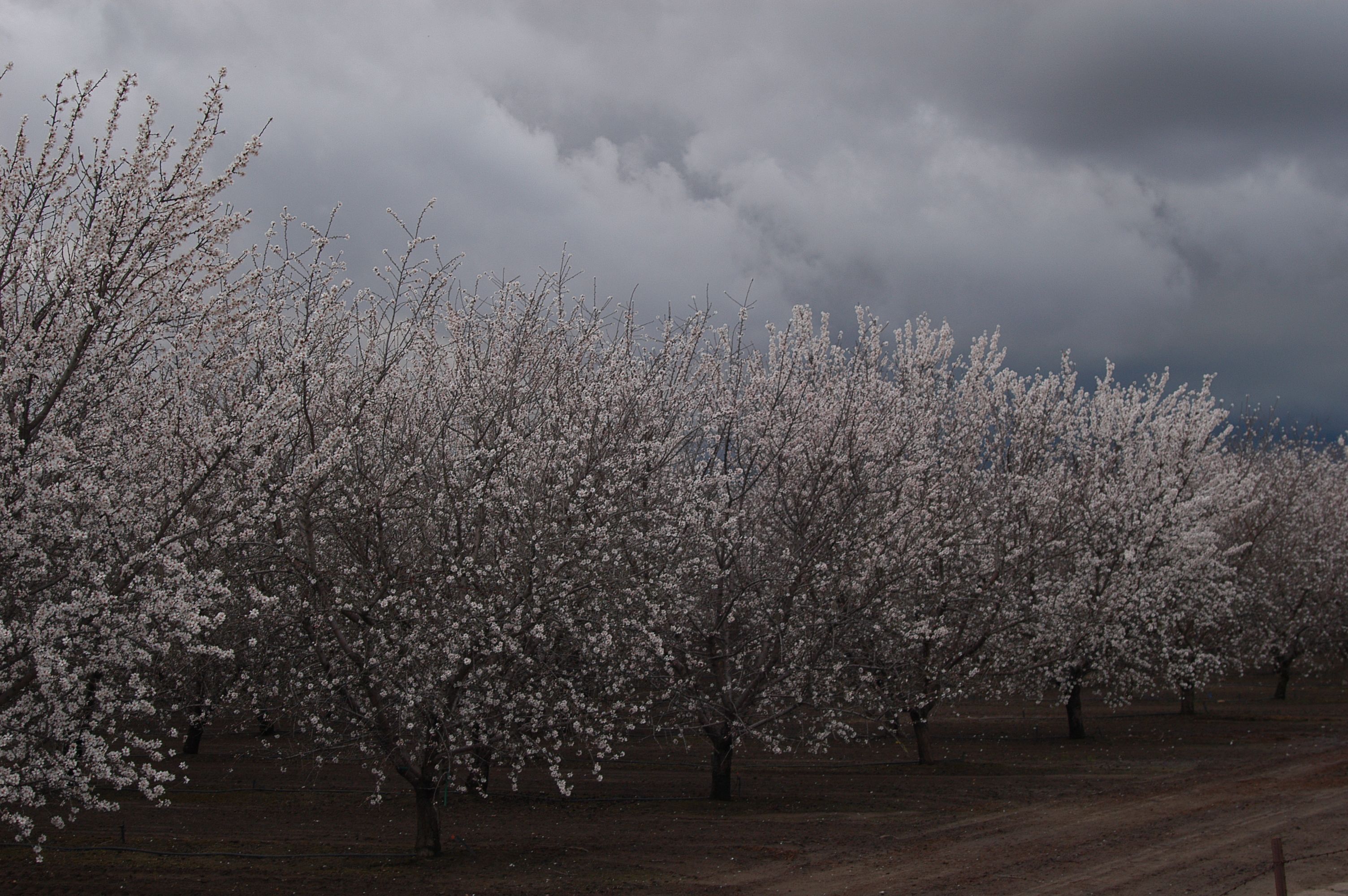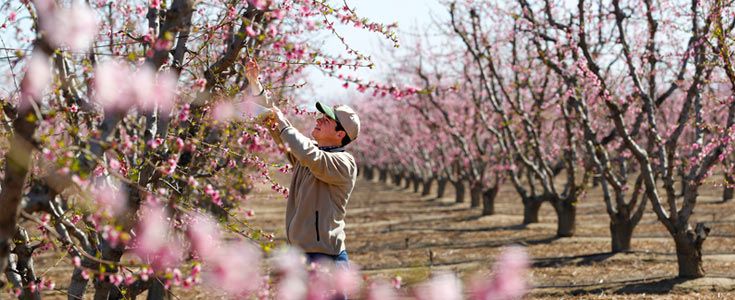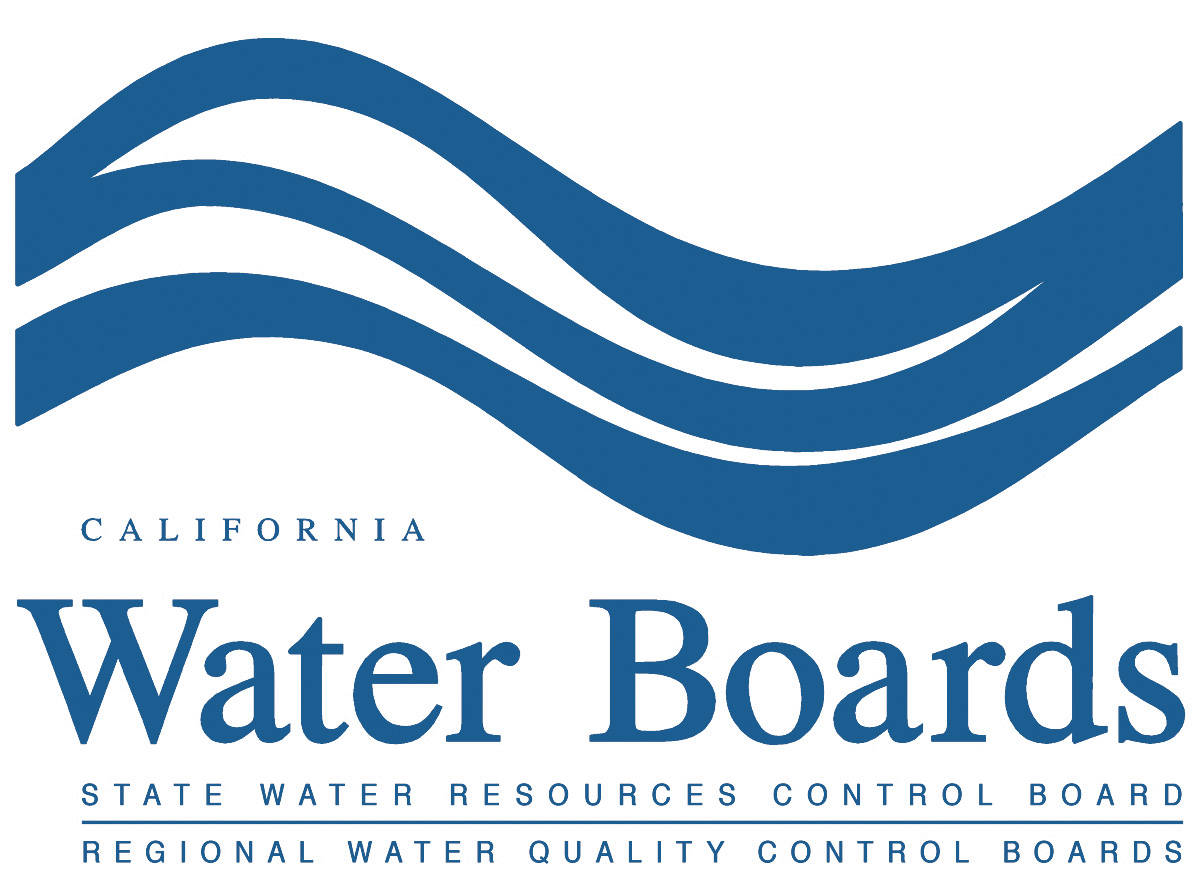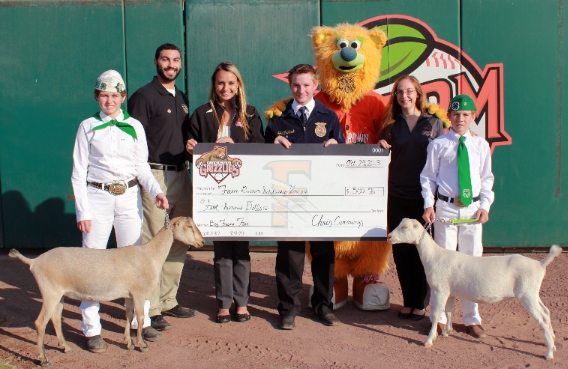Protecting Farmland in the Coyote Valley
Excerpted with permission from Sustainable Agriculture Education (SAGE).
Five years ago, the Coyote Valley, one of the last large swaths of agricultural land in the region, seemed destined to be plowed under and paved over for more housing.
Today, there is a viable option to choose a very different future for the Valley that would include protected open space, public trails and recreation, and expanded farming to serve demand for locally grown vegetables, fruits, and ethnic specialty produce.
This alternative vision emerges from a partnership between the Santa Clara Open Space Authority and the nonprofit organization Sustainable Agriculture Education (SAGE).
The proposal could save significant portions of the 7,500-acre Valley from development and foster increased agricultural viability for current farmers as well as a new generation of farmers growing high-demand and high-value crops.
The Authority approved a management plan for the Coyote Valley Open Space Preserve earlier this year for resource conservation and stewardship, and development of multi-use trails and other recreation amenities.
The partnership with SAGE to promote local-serving agriculture that also enhances conservation of natural resources on nearby Valley parcels was a natural fit.
SAGE develops urban edge Agricultural Parks and agricultural resource areas, in the Greater Bay Area and beyond, that support local food systems.
SAGE applied for and in September, won a State Dept. of Food and Agriculture grant for $252,000 to help revitalize diversified specialty crop agriculture in the Coyote Valley.
“The Open Space Authority is excited to work with SAGE to help revitalize the rich agricultural heritage of the Coyote Valley and contribute to local community health,” said Authority General Manager Andrea Mackenzie. “The Coyote Valley helps maintain the region’s clean air and fresh drinking water, offers families great outdoor recreation opportunities, and, through this partnership, will support local production of healthy crops such as fruits and vegetables for local consumption.
During the first three years, the Authority and SAGE will work to leverage the grant funding to raise more public and philanthropic funding to be invested in farmland protection and a new type of diversified, sustainable agriculture in the Coyote Valley.

